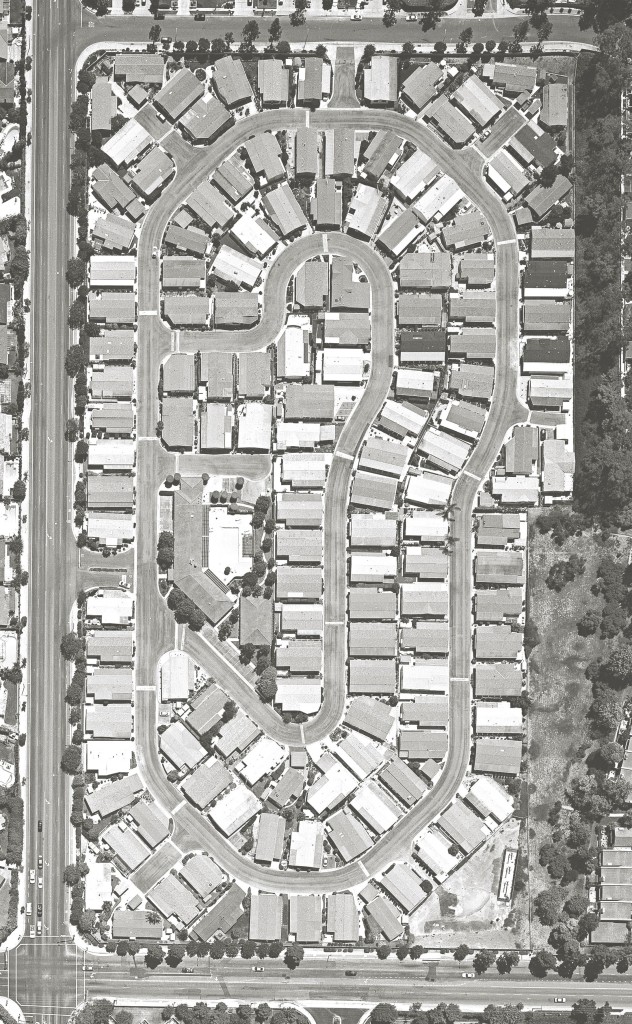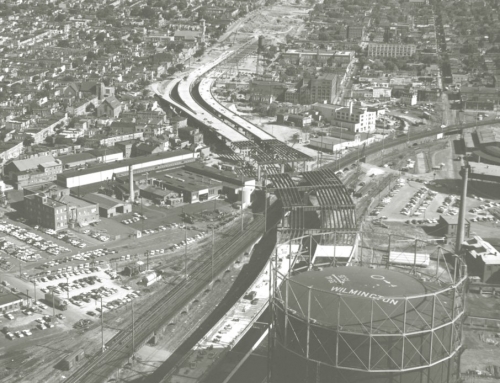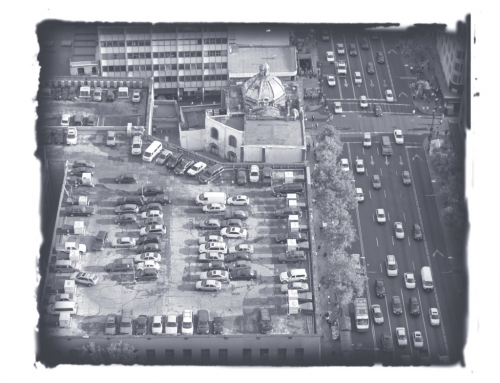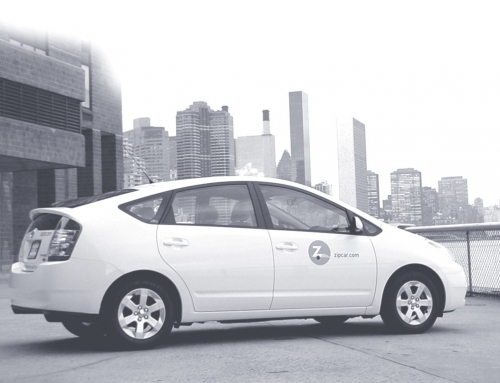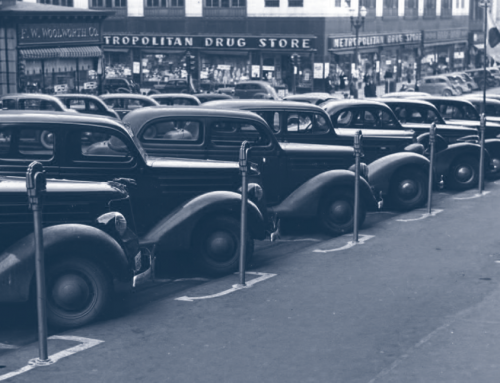Download the PDF.
“Make no little plans. They have no magic to stir men’s blood and probably will not themselves be realized.” So said the great architect and planner Daniel Burnham—pioneer of the skyscraper, designer of some of the 19th century’s most stunning buildings, and creative and organizational force behind the “White City” of the Chicago World’s Fair. Burnham’s admonition resonates today. Planners, including transportation planners, have always liked to think big. Who doesn’t? People are drawn to outsized ambitions and outsized promises. And it’s easy to believe that we face big problems, which in turn require big solutions. How can we make transportation policy, after all, without also tackling land use, housing, and public health?
What is appealing, however, isn’t always effective. Thinking big might be necessary to get things approved, but thinking small is often what gets things done. Landmark policies tend to flow not from broad concepts but from ferocious dedication to specific goals.
Big ideas are popular because they tend to be ambiguous, and ambiguity enables consensus. But the consensus often breaks down when the ideas have to become actions. Consider the US Department of Transportation’s “Livability” initiative. “Livability,” as transportation consultant Alan Pisarski pointed out at UCLA’s 20th Conference on Transportation, Land Use, and the Environment last year, is pleasantly amorphous, and few people are against it. Nor, he went on, were many people opposed to previous DOT initiatives: “balanced” transportation, “smart” transportation, “performance” transportation. No one wakes up each day wishing we had an unlivable, unbalanced, dumb, and nonperforming transportation system, so agreement seems easy to come by. Unfortunately, we don’t enact “smart” transportation; we enact particular policies, which people may or may not consider smart. So everyone is only for livability until someone defines it as highspeed rail, or bike lanes, or double-decked freeways. Then the consensus disintegrates and we’re back where we started.
This problem of fragile consensus is exacerbated because transportation policy, especially at the federal level, has long been many things to many people. Ostensibly designed to promote mobility and access, it also serves as a vehicle for public investment; an opportunity for legislators to cut ribbons; a lever for accomplishing environmental goals; and a form of social service for the poor. These goals don’t necessarily coincide, but all of them, depending on who is asked, could promote “livability.” Agreement on broad principles doesn’t matter without consensus about narrow policies.
Ostensibly designed to promote mobility and access,
[transportation policy] also serves as a vehicle for public investment; an opportunity for legislators to cut ribbons; a lever for accomplishing environmental goals; and a form of social service for the poor.
Ironically, the reverse is true as well. Adherence to a broad principle can obstruct progress even if everyone agrees about the underlying action. Congestion pricing—using tolls to reduce traffic congestion—is embraced by environmentalists (who see it as a way to fight air pollution and global warming); libertarians (who see it as much-needed injection of market discipline into transportation policy); and a growing number of elected officials and practitioners (who see it as amuch-needed source of revenue). These groups don’t necessarily, or even frequently, see eye-to-eye on matters of principle. Environmentalists have no particular allegiance to the market, and if congestion pricing were in place transportation agencies would probably spend its revenue on projects libertarians disapprove of. But big-picture disagreement shouldn’t overshadow consensus about a particular step.
Perhaps it’s time to resist the allure of big, comprehensive plans. Planners might do more good, and cause less harm, by thinking small. Thinking small never put anyone on the moon, but it also never sent anyone off to war. And the seemingly liberating realization that everything is related to everything else can actually be paralyzing, if it leads to the notion that nothing can be done unless everything can be done at once.
ACCESS has often given voice to small proposals that could lead to big improvements. This issue is no exception. We have articles that look carefully at congestion pricing, cash for clunkers, carsharing, and market-priced parking, as well as an essay that strikes a cautionary note about our ability to rescue the economy through large-scale transportation spending. Compared to the scale of the planet’s problems, these ideas might seem modest—perhaps too modest. But the better world often arrives in small steps.
—Michael Manville

